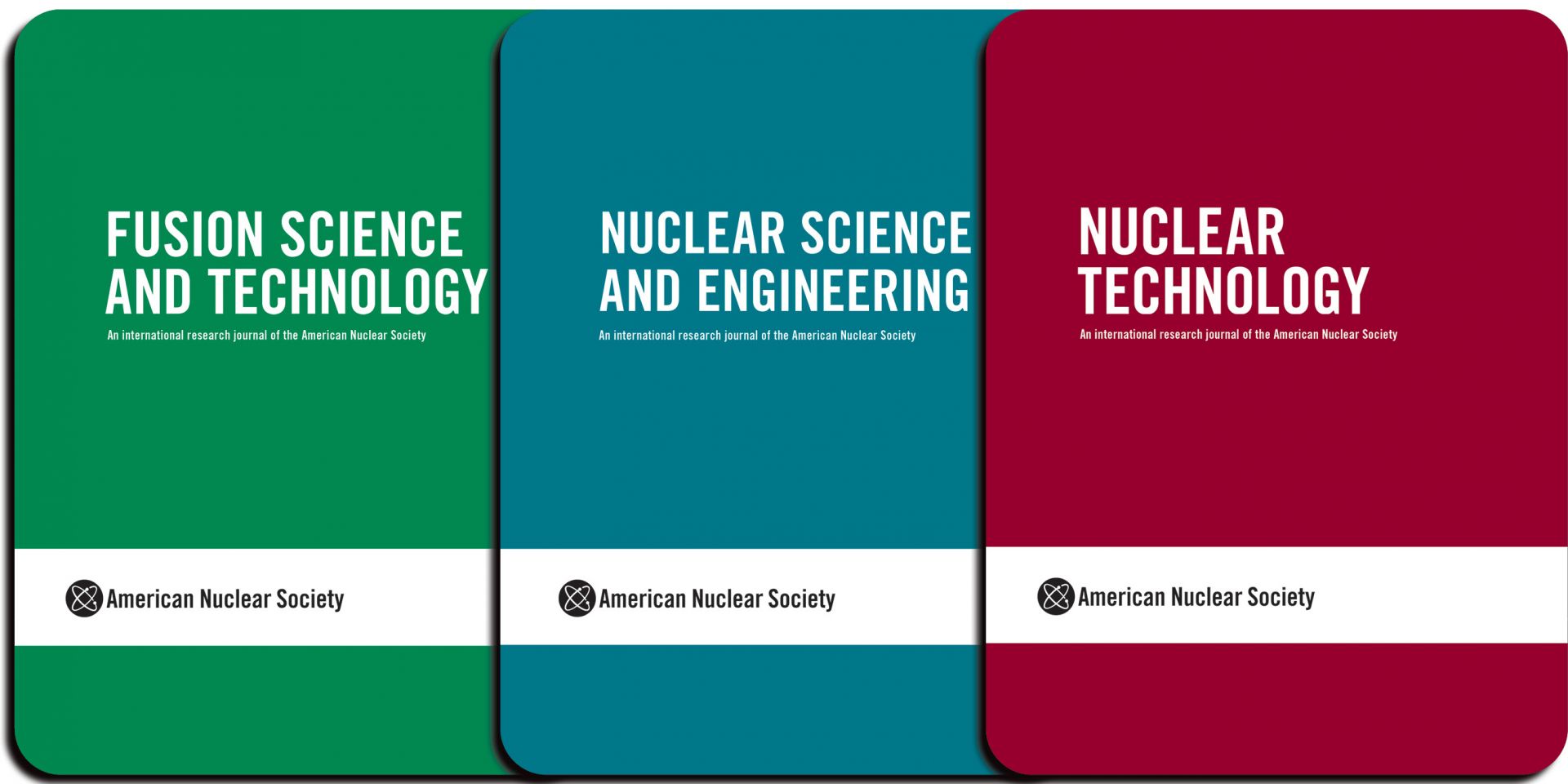Scratching the surface of SMR history: What’s in a name?

This article is the first in a series that will examine the history of small modular reactors.
Small and medium reactors have been an integral part of the U.S. nuclear power enterprise since the early days of the industry. Many of the designs for the next generation of reactors are rooted in the designs of the 1950s and ’60s, but the development and push for deployment have gained momentum only within the last decade.
This recent momentum led a reader of Nuclear News to suggest an article reviewing the history of small modular reactors. NN staff jumped on this idea, deciding a series of articles would do better justice to such a complex and interesting topic.



